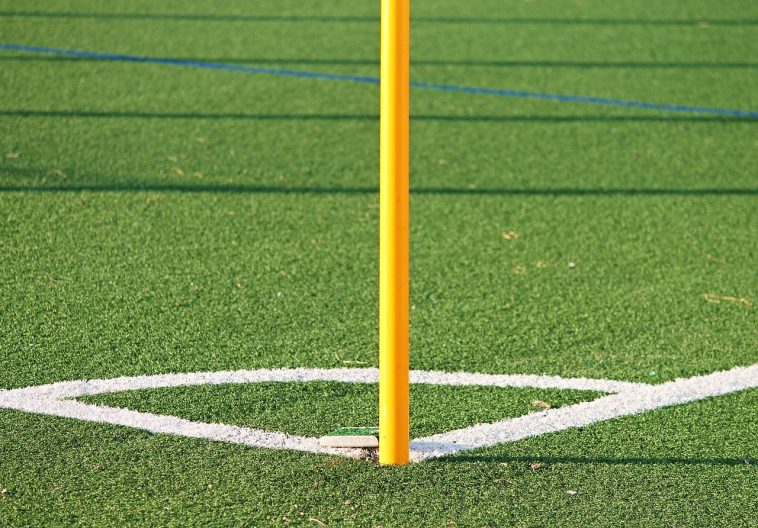In an era where environmental concerns are at the forefront of global discussions, evaluating the sustainability and eco-friendliness of everyday products has become essential. One such product that has gained both popularity and criticism is synthetic lawn. Often touted for its low maintenance and lush appearance, synthetic lawn raises questions about its environmental impact, particularly regarding recyclability and longevity. In this blog post, we delve into the assessment of the environmental lifecycle of synthetic lawn, exploring its recyclability, durability, and overall impact on the environment.
The Rise of Synthetic Lawn
Synthetic lawn, also known as artificial turf or fake grass, has gained immense popularity in recent years as a water-efficient alternative to natural grass lawns. Its proponents highlight its minimal water usage, reduced need for pesticides and fertilizers, and year-round aesthetic appeal. However, these benefits must be weighed against the environmental impact of producing, using, and disposing of synthetic lawn materials.
Recyclability: The Ultimate Test
One of the primary concerns surrounding synthetic lawn is its recyclability. Traditional natural grass lawns are biodegradable, eventually returning to the earth as organic matter. In contrast, synthetic lawn is made from a combination of plastics, primarily polyethylene or polypropylene, and other synthetic materials. These plastics are known for their durability, but they also present significant challenges in terms of recycling.
Recycling synthetic lawn materials poses several hurdles. First, the materials used in its production are often a blend of different plastics, making separation and recycling complex and costly. Second, the presence of adhesives, infill materials (such as rubber or sand), and backing compounds further complicates the recycling process. As a result, a significant portion of discarded synthetic lawns ends up in landfills, where they contribute to plastic pollution and long-term environmental degradation.
Efforts in Innovation
Recognizing the need for more sustainable alternatives, some manufacturers have begun to explore innovative solutions to enhance the recyclability of synthetic lawn. They are researching new materials that are easier to recycle, as well as developing ways to separate the different components of artificial turf more efficiently. Additionally, advancements in recycling technologies could potentially enable the reclamation of plastic materials from old synthetic lawns, thereby reducing the demand for virgin plastics.
Longevity and Durability
One of the selling points of synthetic lawn is its durability, often lasting for 15 to 25 years with proper maintenance. This longevity, however, brings both benefits and challenges from an environmental perspective. On one hand, the extended lifespan reduces the frequency of replacement, minimizing the environmental impact of manufacturing new synthetic lawns. On the other hand, the non-biodegradable nature of these materials means that even a durable product will eventually become waste, highlighting the urgency of improving recyclability.
Sustainable Installation and Maintenance
While the recyclability of synthetic lawn remains a challenge, there are other ways to mitigate its environmental impact. Sustainable installation practices, such as using eco-friendly adhesives and minimizing ground disruption during installation, can help reduce the carbon footprint associated with synthetic lawn. Additionally, choosing synthetic lawns with less harmful infill materials, such as organic alternatives instead of rubber, can contribute to a more sustainable choice.
Balancing Act: Making Informed Choices
Assessing the environmental lifecycle of synthetic lawn requires a balanced perspective. It’s important to acknowledge the benefits it offers in terms of water conservation, reduced chemical usage, and year-round beauty. However, it’s equally important to be aware of the challenges posed by its non-recyclable components and its eventual disposal.
As consumers, we have the power to influence the direction of product innovation and sustainability. By demanding more eco-friendly options and supporting manufacturers that prioritize recyclability, we can push the synthetic lawn industry toward more sustainable practices. This could involve advocating for regulations that encourage recyclability, supporting research into new materials, and spreading awareness about responsible disposal methods.
Conclusion
The allure of a perfectly manicured lawn with minimal maintenance is undoubtedly appealing. Synthetic lawns have provided a viable solution to many of the challenges associated with natural grass lawns, but their environmental impact cannot be overlooked. As we move forward, it is crucial to promote transparency within the industry, encourage manufacturers to prioritize recyclability, and seek out sustainable alternatives that align with our commitment to a healthier planet. Ultimately, our choices as consumers can drive positive change, fostering a future where synthetic lawns coexist harmoniously with nature. Contact Z and S, for top quality artificial grass in Dubai.




